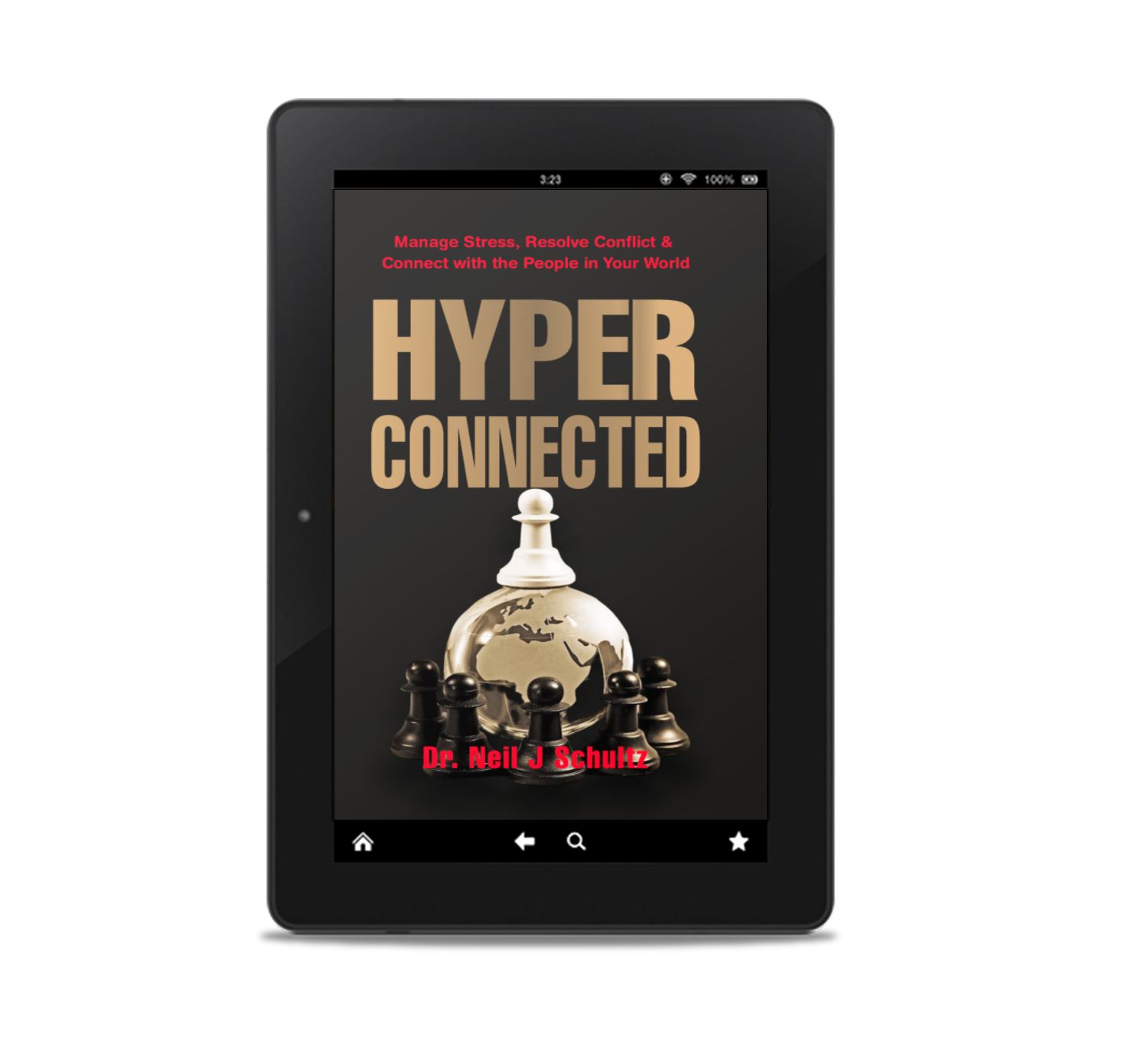According to the Oxford dictionary, headhunting is a noun meaning:
- the practice among some peoples of collecting the heads of dead enemies as trophies.
- the activity of identifying and approaching suitable people employed elsewhere to fill business positions.
In our case, we will avoid becoming involved with collecting heads as trophies. Instead we will focus on the key issues in using a headhunter or the art of filling positions through directly approaching people who are already employed.
How is Headhunting Different from Recruiting?
There are similarities between the two roles:
- Both seek to fill a vacancy for a business role,
- Both seek to attract people to the role, and
- Both seek to provide the best possible service to their client by finding the best applicant for the role.
The primary difference relates the way they approach potential applicants.
The recruiter seeks out applicants who are already actively looking for new positions:
- They may or may not be already employed and
- typically respond to advertisements placed on electronic job boards or newspapers.
In contrast, the headhunter seeks out individuals who are not actively looking for a new position. Typically:
- They will already be working in the same or a similar position with a different firm and
- The head-hunter makes a direct approach to initially learn more about them and
- Then invite them to apply if the head-hunter determines that they might be a good fit for the position.
Other Differences
There can be other differences in the way the two different approaches work:
- Often, positions where head-hunters are used are more specialised or senior roles.
- The head-hunter may have a specialised knowledge of the role, and/or be specialists in assessing the personality, communication skills and emotional intelligence of potential applicants.
- Head-hunters are more often paid on a retainer rather than a contingency arrangement.
Attributes of Headhunters
One of the key attributes of a head-hunter is diligent research.
- To locate potential applicants, the head-hunter must first understand the essential qualities and qualifications of the role that is to be filled, this requires careful research and documentation.
- Then, the head-hunter must then carefully research other companies and businesses where a similar position might exist, identify the person or persons in those roles and then try to make discrete approaches to the potential applicants.
Another important attribute of head-hunters is the maintenance of discretion. The reasons for this are twofold.
- First, one reason for a client using a recruiting firm or head-hunter, is to ensure that their search for a new role is commercially confidential. If competitors become aware of the search then it may provide some insight to the competitor and create an opportunity that is contrary to the head-hunters client.
- Second, the potential applicants who are approached during the process, also need to have their confidentiality maintained. If their current employer learned of the approach it may jeopardise their existing position which would be contrary to their interests.
Wrap Up
Overall, head-hunting is a valuable tool in the quest to find the right personnel for a particular role.
More often, recruiters and headhunters work separately using skills developed in their own area of expertise. However, highly skilled recruiters can use a combination of traditional recruiting and headhunting skills.
If you have a special or senior role to fill, then using a headhunter might be the way to go and well worth the effort even if you haven’t used headhunters in the past.
[/et_pb_text][/et_pb_column][et_pb_column type=”1_2″ _builder_version=”3.25″ custom_padding=”|||” custom_padding__hover=”|||”][et_pb_image _builder_version=”4.0.11″ src=”https://www.schward.consulting/wp-content/uploads/2020/04/HeadhuntersProcess.png” hover_enabled=”0″][/et_pb_image][/et_pb_column][/et_pb_row][/et_pb_section]
Dr Schultz spent 22 years working in psychiatry and then went on to qualify as a lawyer. He has spent 34 years helping people solve problems and the unique combination of medicine, psychiatry, law and mediation provides a unique academic and practical approach to life's challenges.









